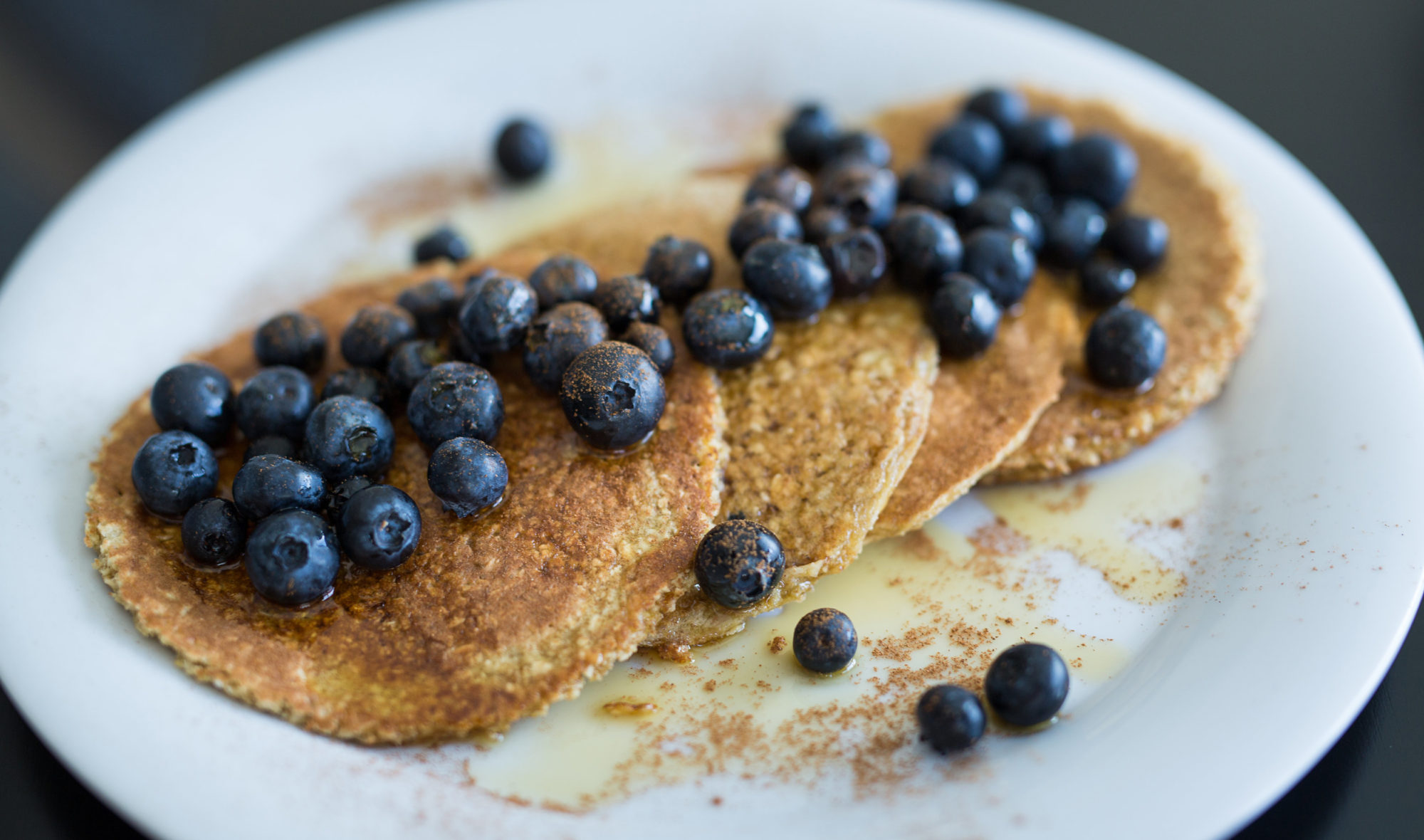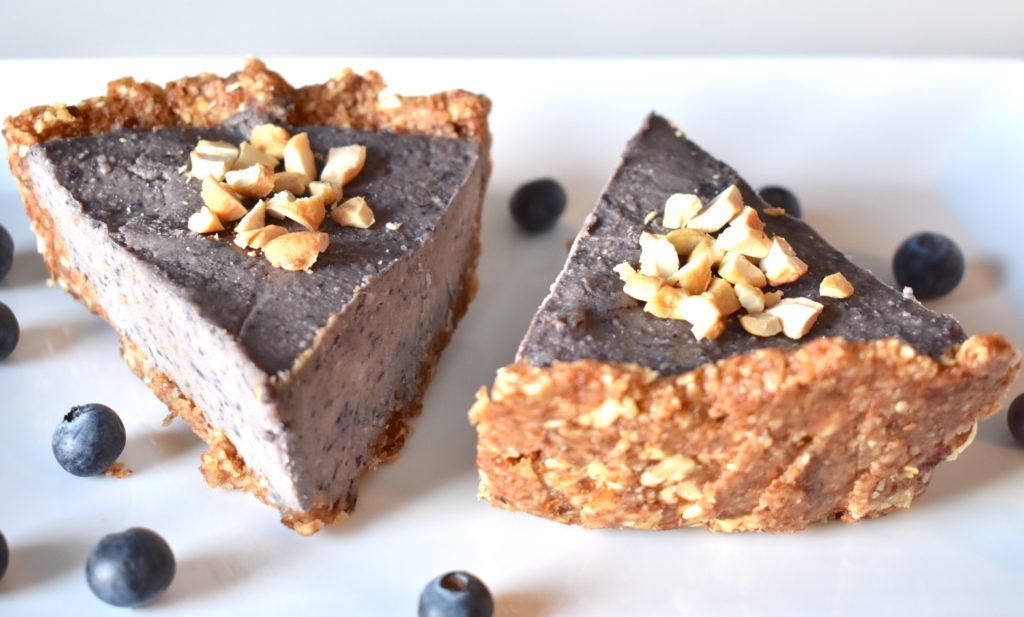
🎁 Holiday Special: SAVE 52% on the Nutrition Coach Starter Package. Limited number remaining.

🎁 Holiday Special: SAVE 52% on the Nutrition Coach Starter Package. Limited # left.

Blueberries are small, round, deep blue colored berries that grow on shrubs. Native to North America, blueberries are one of the most popular berries -- probably because they are sweet, healthy, and easy to eat. This delicious snack packs a nutritious punch, loaded with vitamins, minerals and antioxidants. Blueberries come into season during July and August; look for fresh, local berries during the summertime, or enjoy frozen blueberries year ‘round.
The blueberry is a flowering plant. Native to North America, blueberries have been grown in Canada and the US for hundreds of years and still remain highly popular. In fact, 90% of the world’s blueberries come from North America, where their popularity among berries is second only to strawberries.
Their popularity may be due in part to their taste: blueberries are pleasantly sweet. They also require very little preparation, making them a convenient and tasty snack.
Blueberries grow on shrubs. As the name suggests, they are blue in color (typically an indigo shade once ripe). The typical cultivated variety grows on a high bush, while the “wild” variety grows on a low bush.
Blueberry season generally runs from July through August.
Blueberries are small and round with a little “crown” on one end. When ripe, they have a deep blue color.
Cultivated blueberries are about the size of a pea, though size will vary. Wild blueberries tend to be quite small and darker in color.
A ½ cup of blueberries contains 42 calories, 0.55g of protein, 0.24g of fat, 10.72g of carbohydrates, 1.80g of fiber, and 7.37g of sugar.
Blueberries contain plenty of vitamins and minerals including vitamin C, folate, vitamin A, vitamin K, potassium, phosphorus, magnesium and calcium.
Blueberries are known for their antioxidant properties, which is due to the fact that they are rich in phytonutrients, most notably anthocyanin — the same property that makes their skin blue. For that reason they may support the nervous system and offer disease-prevention benefits.
Look for dark-blue blueberries — berries that are slightly reddish or green are not yet ripe. Watch for mold or other signs of deterioration.
Buy local blueberries, in season, if you can. The fresher and closer-to-home they were grown, the better your chance of getting maximum tasty flavor. In the summertime, a local farmers’ market can be your best place to buy them.
During the off-season, frozen blueberries can be a great choice.
When it comes to wild vs cultivated blueberries, the choice is largely personal preference. Cultivated blueberries are bigger and juicier, but wild blueberries usually have a more intense flavor. Because the wild berries are smaller, eating more wild berries may have a slight nutritional advantage since in the course of eating wild berries you will consume more blueberry skins, which is where their best nutritional punch comes from.
Keep blueberries covered in the fridge. Avoid putting them in the crisper/fruit drawer though: this part of the fridge is too humid for berries and may encourage mold.
Depending on freshness, blueberries may keep for a week or two. But as usual, you’ll get the best flavor and texture if you eat them as fresh as possible.
Don’t wash berries until you’re ready to eat them — that will help prevent them from getting moldy and going bad.
Blueberries require very little prep. Just wash and eat them raw. They’re great as a snack, or you can add them to your smoothies, use them to make jam, syrup or a berry compot, or add them to baking, desserts or other recipes.
If you wish to freeze them, keep them unwashed, lay them on a baking sheet, then put the baking sheet in the freezer until the berries are frozen solid. Once frozen, transfer the berries to plastic bags and store in the freezer. Remember to wash them before eating.

This pie is absolutely delicious. It's creamy texture and bold flavor is sure to please.
Prep Time: 20 minutes Cook Time: 0 minutes Yield: 8 - 10 pieces
Crust Directions:
Put all ingredients into your food processor or high power blender and process until combined but still slightly chunky (not completely smooth). Scoop the batter into a 9″ pie dish and press the crust down using your fingers. Press it down as evenly as possible pushing the dough up the sides of the pie dish. Tip: to prevent the dough from sticking to your fingers as you press it down, wet your fingertips before starting.
Refrigerate while preparing the filling.
Filling Directions:
Put all ingredients into your food processor or high power blender. Process until very smooth. Pour onto pie crust.
Place pie in the freezer for 4-6 hours before serving.
Serve with fresh blueberries.
Enjoy!
Precision Nutrition’s Encyclopedia of Food expands every single month as we highlight new foods and showcase beautiful food photography. If you’d like to stay up to date, simply click this link. From there, we’ll send you a FREE copy of our recipe book. We’ll also let you know when new and delicious foods are added to the site.
Blueberries are small, round, deep blue colored berries that grow on shrubs. Native to North America, blueberries are one of the most popular berries -- probably because they are sweet, healthy, and easy to eat. This delicious snack packs a nutritious punch, loaded with vitamins, minerals and antioxidants. Blueberries come into season during July and August; look for fresh, local berries during the summertime, or enjoy frozen blueberries year ‘round.